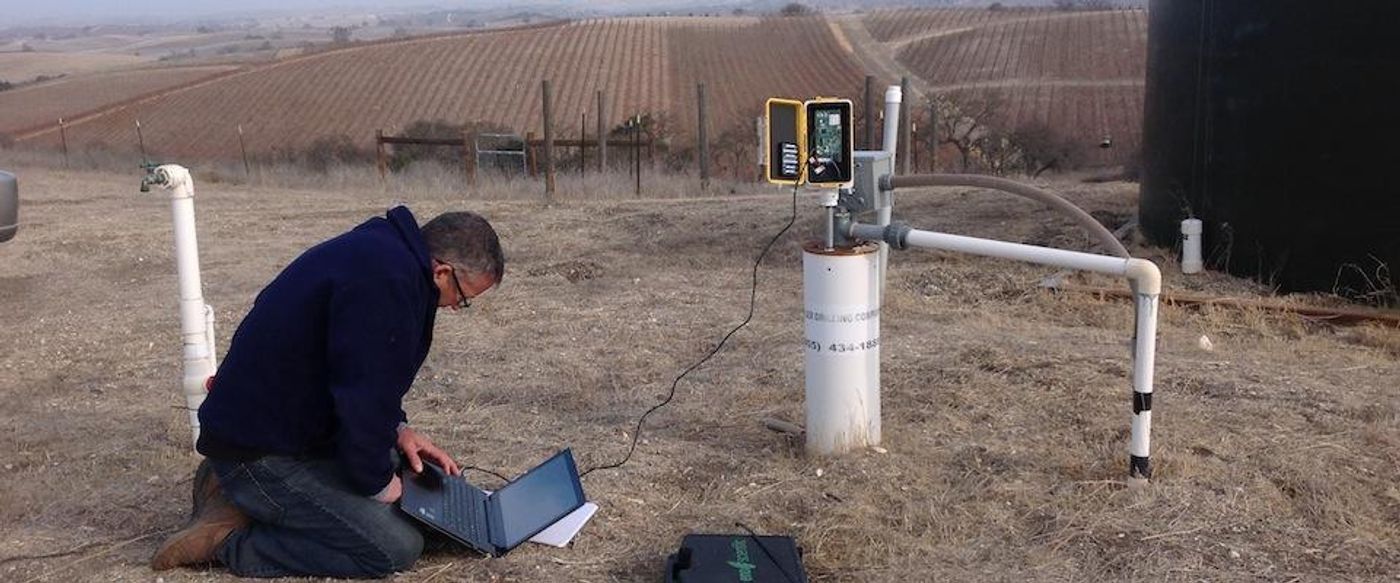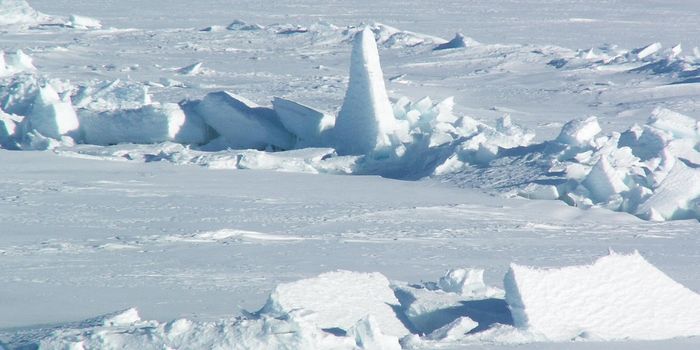What can seismic waves tell us about groundwater levels?
New research published in the journal Geophysical Research Letters uses the San Gabriel Valley Basin in California as a case study for a new method of monitoring groundwater storage. Monitoring the quantity of stored water in the ground is important, especially as droughts limit the availability of surface water more frequently and severely in our changing climate. The new monitoring technique takes advantage of a natural phenomenon in order to determine the amount of water in groundwater aquifers: seismic waves. Because seismic waves are sensitive to water volume, the team of scientists were able to measure changes in seismic velocity, which in turn shed light on the flux of groundwater in the valley. You can watch an animation of the process in the video below.
Tim Clements, the lead author of the study, explains the significance of this novel technique: "The way this would commonly be done today would be to take a measurement at a groundwater well and if you have a network of those wells, you can develop a model where you assume a number of hydrological parameters...and that allows you to measure the health of the aquifer.
"But what we showed is we can just directly measure these waves that are traveling through the entire aquifer," he continued. "So, we don't have to make those assumptions, because we can directly measure the waves."
The measurements that the team was able to secure are extremely precise; they measured the water depth of the San Gabriel Valley aquifer, located just outside Los Angeles, to within a centimeter. And when California is in drought, every centimeter of water can matter.
"They had experienced a massive drought over the last five years, and there are over 1 million people who live in this relatively small area outside Los Angeles who depend on the groundwater for all their water-use needs," Clements said. "Over the past five years, they had lost a large amount of groundwater, and there's a large financial cost to that, so our goal was to understand if we can use seismic waves to understand what's happening with the aquifer."
The valley was also a good place to test out the technique because it was already equipped with a network of seismographs.
The uses for this monitoring method also extend to future water management practices. Because the system is able to provide a moment-to-moment view of precisely what is happening in an underground aquifer, water resource managers could use it to determine the health of an aquifer over time and make decisions regarding water resources in times of limited water. Science Daily elaborates, saying “The technique could even be used to track whether and how aquifers rebound following precipitation, and understand geological changes that might occur as water is pumped out.”
Sources: Science Daily, Geophysical Research Letters









